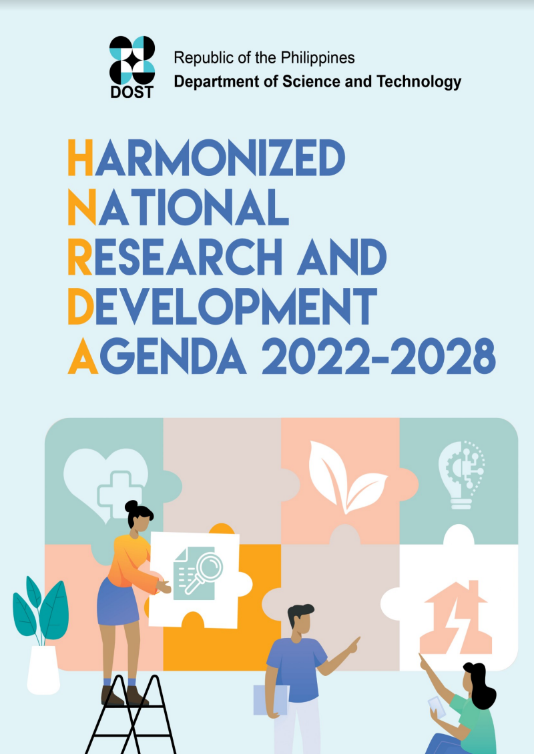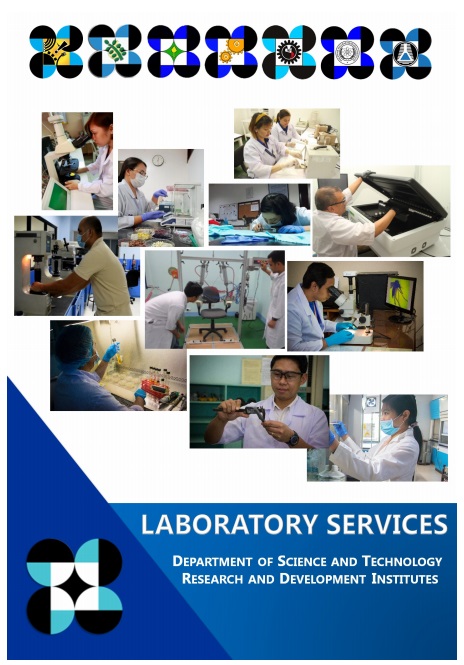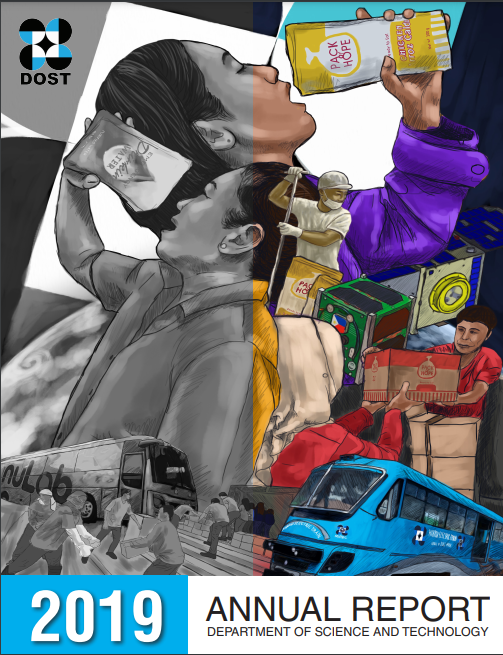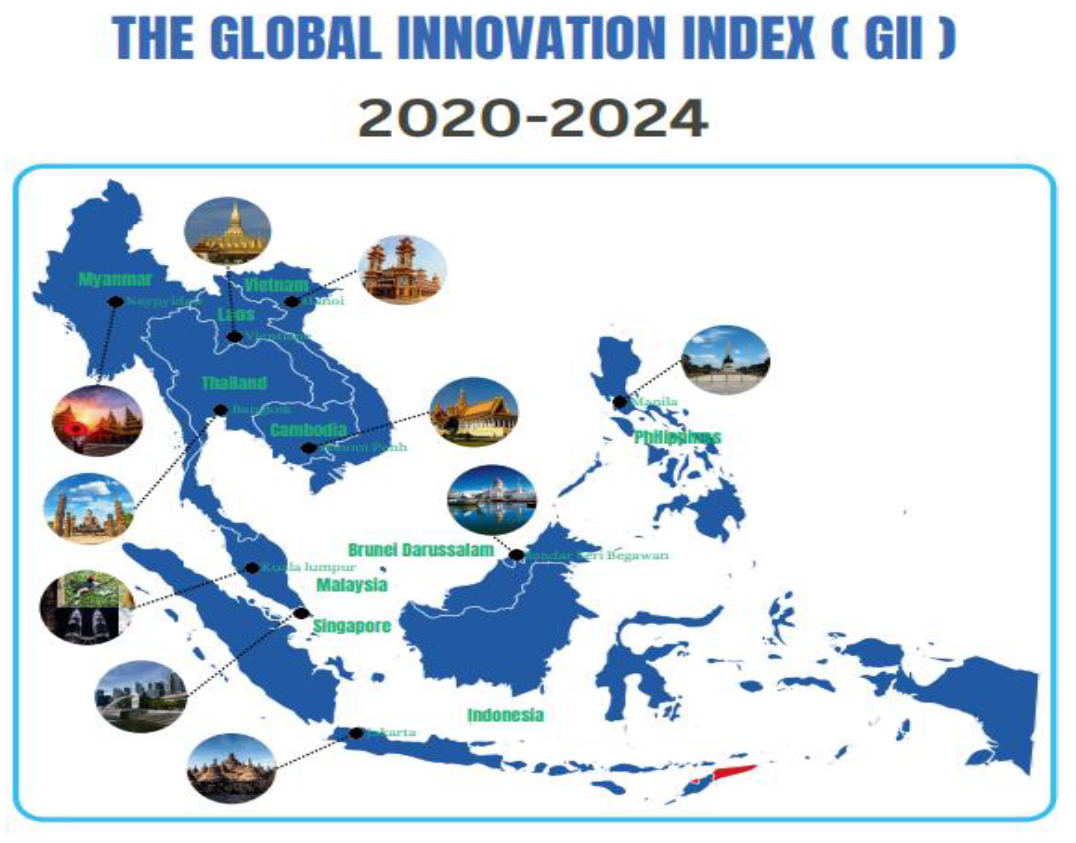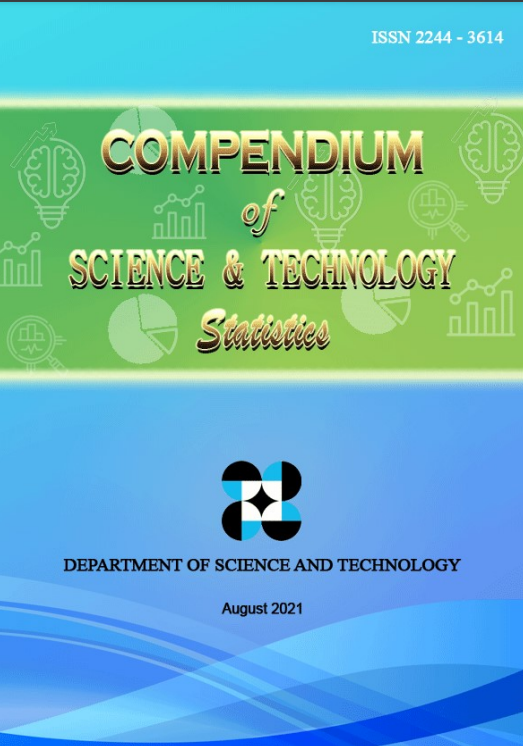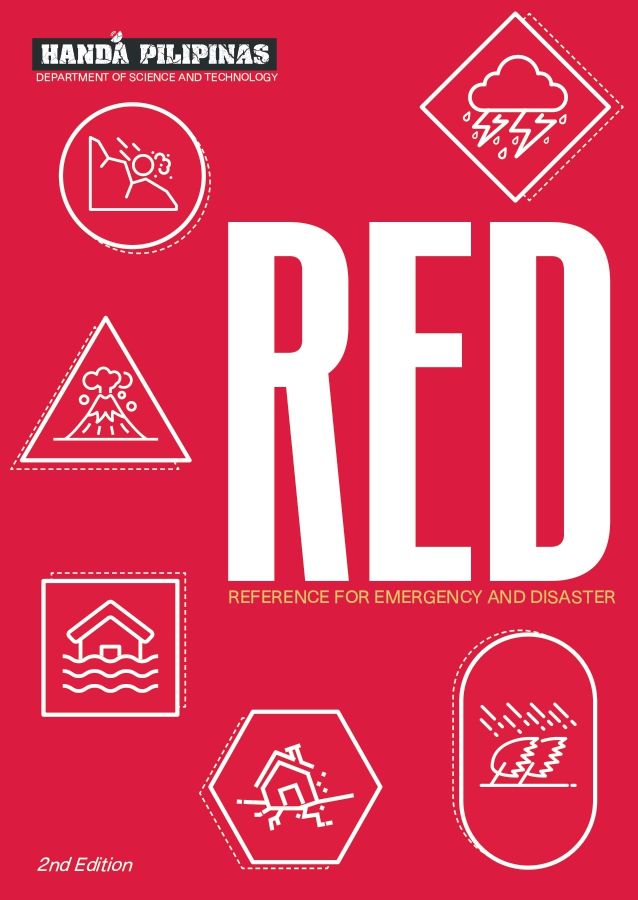DOST’s water hyacinth dryer helps Cainta women weave better lives through handicrafts
- Details
- Hits: 10428
A livelihood cooperative specializing in water hyacinth products can expect more productivity after receiving a water hyacinth dryer developed by Department of Science and Technology’s Forest Product and Development Institute (DOST-FPRDI).
The Rizal-based Bangon Kababaihan Bagong Cainta (BKBC) cooperative acquired the dryer through “Shared Service Facility” project of the Department of Trade and Industry (DTI) - Region IV-A in a turnover ceremony held recently at the BKBC Livelihood Production Center.
“The local government of Cainta recognized the need to harvest the thick patches of water hyacinth in the Manggahan floodway that regularly cause severe flooding in their area,” said Ms. Grecelda A. Eusebio, Chief of FPRDI's Business Development and Intellectual Property Section.
“The collected plants are dried and processed into bags, wallets, home accents and other handicraft products by the women of BKBC,” Eusebio added.
The dryer shortens drying time of water hyacinth stalks from several days to only a few hours, thus lessening the risk of fungal attack. It enables small and medium enterprises to sustain and even increase production as the equipment makes drying possible even during the rainy season.
“Using the dryer, the cooperative can dry as much as 5,000 water hyacinth stalks a day. This is a welcome development since the BKBC supplies dried stalks to La Casa Décor, a company that exports water hyacinth wall coverings to 45 countries, including Canada and the United States,” explained Ms. Wency H. Carmelo of FPRDI’s Technology Innovation Division.
Among those present during the turnover were FPRDI Deputy Director Felix B. Tamolang, DTI Region IV-A Director Marilou Toledo, former Cainta Mayor Mon Ilagan, BKBC head Veronica Ilagan, and representatives from the Villar and Meralco Foundations.
DOST’s water hyacinth dryers have already benefitted several groups. Among them are the Taguig-based Kabuhayan ng Mamamayan Producers’ Cooperative in 2011, and the Pasig City Jail in 2012 for its livelihood program for inmates and locals.
Aside from developing the dryer and giving technical assistance to adopters, the DOST-FPRDI also conducts training courses on water hyacinth processing and treatment. Several groups of women and out-of-school youth, mostly from poor communities near Laguna Lake, have benefited from these courses.

From pest to pesos: Water hyacinths are woven into handicraft items by members of BKBC
DOST to hold 3rd National Halal Forum
- Details
- Hits: 6371
The Department of Science and Technology (DOST) through its Region 12 office will hold for the third time the National Halal Forum in Manila as part of the government’s efforts to develop the halal economy in the country and crack into the multi-billion global halal market.
Dr. Zenaida P. Hadji-Raof Laidan, DOST-12 Regional Director, said that the Philippines, though a non-Muslim country, has the strategic potentials and the availability of raw materials and manpower to break into the lucrative global halal industry.
Hundreds of international and local halal experts and industry stakeholders are expected to participate the 3rd National Halal Forum that has the theme “Development of a Halal Economy: Role of Science, Technology and Innovation” on October 29-30, 2013 at the Makati Shangri-La in Metro Manila.
“The event will also serve as avenue for discussion and deliberation of national concerns and plans on halal and of government agencies’ programs and projects on halal,” Dr. Laidan, a Muslim scientist, said. “It will also help strengthen innovation among key players in the whole spectrum of the halal industry to sustain its development
The Philippine Science and Technology Program for the Development of the Halal Industry was launched in 2008 with DOST-12 as the lead agency in advancing the program.
Among DOST’s initiatives in pushing the Philippine halal industry include the establishment of a halal laboratory in Cotabato City which is equipped with state-of-the art equipment and facilities; the on-going construction of the bigger Philippine National Halal Laboratory and Science Center in Koronadal City; assistance to Small and Medium Enterprises for product development and process improvement thru the provision of equipment and technologies; human resource development; and halal ICT development.
The initiatives to establish these halal facilities will enable the Philippines to immediately start certifying food manufacturers, especially the large, small and medium enterprises that aim to tap the growing global halal market, Dr. Laidan said.
As part of its continuing halal advocacy, the DOST-12 had conducted the 2008 and 2009 National Halal Fora to encourage more local players in the halal industry, she added.
Dr. Laidan stressed that the country needs to ensure the credibility and quality of its export products to enter the global market.
Ensuring the credibility of our halal products can be done only through rigid scientific and technological assessment in adherence to Islamic standards, Dr. Laidan noted.
Adopting halal requirements in terms of religious aspect alone does not necessarily ensure the food products’ quality and integrity. Testing the food if it is free from haram contamination can be done only through scientific and technological methods, she explained.
DOST-DREAM Project extended to cover whole PH in 3D flood maps
- Details
- Hits: 6550
The Department of Science and Technology (DOST) - Project NOAH’s component called Disaster Risk and Exposure Assessment for Mitigation or DREAM Program will be extended in order to scan the whole country and produce three-dimensional (3D) flood hazard maps. Dr. Rowena Guevarra, executive director of the project’s funding agency, announced the extension during the recent DREAM Report to Stakeholders Meeting at the National Engineering Center-UP Diliman.
A pioneering and big-ticket program component of DOST’s Project NOAH (Nationwide Operational Assessment of Hazards), DREAM is being implemented by engineers from the UP Diliman and funded by the DOST-Philippine Council for Industry, Energy and Emerging Technology Research and Development (PCIEERD).
The DREAM Project, extended from 2014 to 2016, is expected come up with a comprehensive and integrated flood early warning system (IFEWS) covering the entire country by the end of the program’s second leg in 2016.
“[M]ay part 2 po ang DREAM. Yun po yung sinasabi ni Asec. Raymund Liboro na sa 2014 hanggang 2016, tatapusin po nating yung two-thirds ng Philippines kasi one-third lang yung assignment nila Engr. Enrico Paringit sa DREAM 1,” said Dr. Guevarra. (DREAM has a Part 2. That is what Asec. Raymund Liboro was referring to when he said that by 2014-2016, we will complete two-thirds of the Philippines because only one-third was covered by Engr. Paringit in DREAM 1.)
Barely two years after its inception in December 2011, DREAM has scanned 17 of the targeted 18 critical river basins in the country through LiDAR (Light Detection and Ranging), a state-of-the-art technology that can generate high-resolution, up-to-date, and three-dimensional (3D) flood hazard maps.
The DREAM team has already produced LiDAR-based flood models for Mandulog in Iligan City, Pampanga, Davao Oriental, Marikina, Cagayan de Oro, and Compostela Valley. The rest of flood models are to be completed by June 2014, the project’s original end date.
According to its program leader Engr. Enrico Paringit, DREAM currently has around 70 staff members, a number that still has to be augmented for the expansion.
To aid in the shortage of manpower, Dr. Guevarra said 30 to 50 state universities and colleges in the country offering geodetic engineering and computer science courses will be tapped to help implement the second leg of the program.
“Akala ng tao, pag may eroplano, pwede na. Kailangan po ng tao na magpa-process ng data. Pinakaimportante ang human resources dahil kung walang magpa-process ng data, wala rin,” she said. (People think that having airplanes alone solves the problem. We need people who will process the data. Human resources are the most important part of this project because without these people, this program won’t work. )
DREAM currently has only two aircrafts carrying LiDAR instruments, the Pegasus and the Aquarius. In its second leg, DREAM aims to double the number of equipment being used to be more efficient in data gathering, said. Dr. Guevarra.
“Mado-doble na ang bilang ng mga eroplanong ginagamit natin. (The number of airplanes we’re using will be doubled). Work [for the program’s second phase] will start this last quarter of 2013.”
DOST-PHIVOLCS warns metro to check structures’ compliance to Building Code
- Details
- Hits: 6156
Houses and buildings in Metro Manila including churches, need inspection to ensure that they comply with the standard Building Code, told Dr. Renato U. Solidum, director of the Department of Science and Technology’s Philippine Institute of Volcanology and Seismology (DOST-PHIVOLCS).
Solidum’s warning came in the face of mounting concerns about Metro Manila’s readiness should an earthquake with a magnitude similar to the 7.2 temblor which shook Central Visayas last week hit the crowded metropolis.
Since earthquakes cannot be predicted, Metro Manila should be prepared and take all possible measures for greater safety as early as now, said Solidum. One of these measures is a thorough inspection of houses, schools, office, residential and commercial buildings, churches and other edifices to check if these are structurally safe.
“The Philippines is prone to hazards including earthquakes due to its geological location. It is in the Pacific Ring of Fire, and it is prone to volcanic eruptions and earthquakes…,” stated Solidum.
Historically, the tectonic plates of the West Valley Fault, which runs from San Mateo in Rizal all the way to the city of Taguig, were last activated in 1658 resulting in an earthquake. According to the PHIVOLCS director, these plates are expected to move again anytime within 400-600 years after this. If they do move against each other, the resulting tremor may be as strong as the killer quake that claimed almost 200 lives (as of press time) and toppled numerous structures including historic churches in Bohol and Cebu. Among these are the Basilica Minore del Santo Niño in Cebu City; Church of San Pedro Apostol in Loboc, Bohol; Church of Our Lady of the Immaculate Conception in Baclayon, Bohol; and the Church of Our Lady of the Assumption in Dauis, Bohol.
According to data by PHIVOLCS, a 7.2 earthquake in Manila and nearby provinces would result to a death toll of at least 37,000 with 604,000 injured and P2.4 trillion worth of damage to buildings. Said data is the result of a three-year risk analysis project by the Philippine and Australian governments. The study was presented during the Launch and Handover of Multi-hazard and Risk Maps for the Greater Metro Manila Area held last Oct. 17 at Crowne Plaza in Ortigas.
The PHIVOLCS director added that the churches in Visayas crumbled during the quake partially because they are made of limestone which easily softens. The 7.2 temblor occurred at 8:12 am on October 15, 2013 with its epicenter located 2 kilometers southeast of Carmen in Bohol














